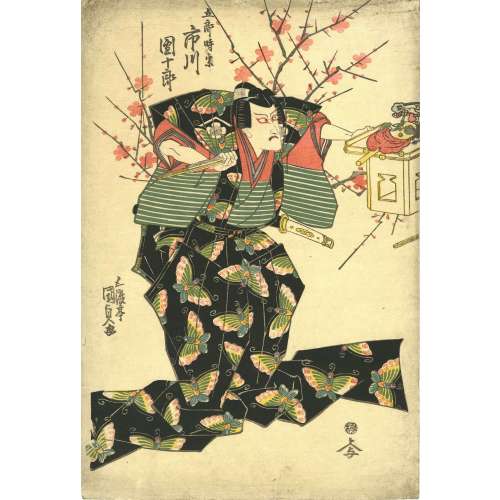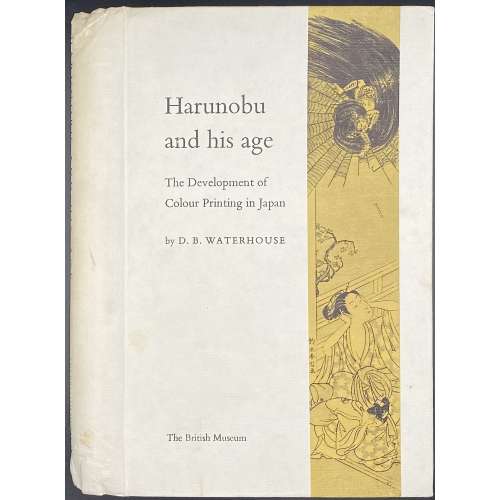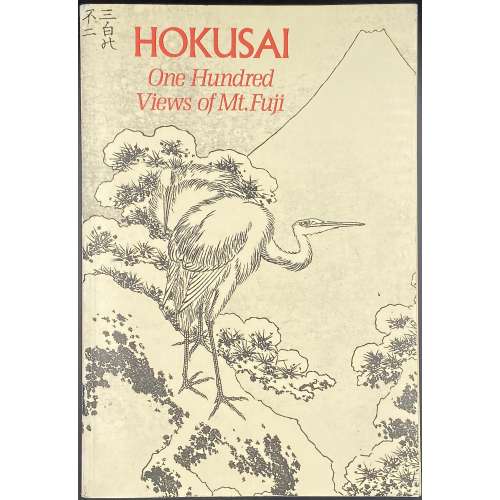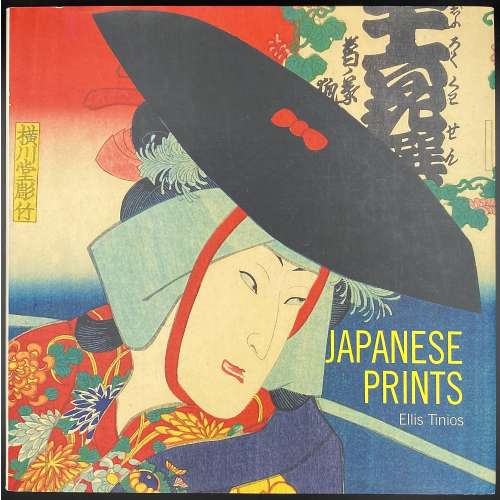Artist: Utagawa Kunisada [歌川 国貞]; a.k.a. Utagawa Toyokuni III [三代歌川豊国] (Japanese, 1786 – 1865).
Signed:
Toyokuni ga [豊国 画] in a red toshidama cartouche.
Publisher: Ibaya Senzaburō [伊場屋仙三郎] (Japanese, fl. C. 1845 – 1847), seal: San [三] (Marks 11-001 | 127c).
Block carver: Matsushima Fusajirō [松嶋房次郎] (Japanese, fl. 1843 – 1850); seal [彫工房] – Hori kō Fusa.
Double nanushi censor seal: Kunigasa & Watanabe (1849-50).
Actor:
Ichikawa Danjūrō VII [市川団十郎] (Japanese, 1791 – 1859); other names:
Ichikawa Ebizō V [市川海老蔵], Ichikawa Hakuen II, Ichikawa Shinnosuke I.
Play: Yukari no Hana Iro mo Yoshiwara [紫花色吉原], performed at the
Kawarazaki Theater (Edo) from the 5th day of the 5th lunar month of Kaei 3 (1850) (see Kabuki Playbill at MFA (Boston)
№ 11.27996).

Sano Jirōzaemon [佐野次郎左衛門] – provincial commoner who killed a famous
Yoshiwara courtesan named
ManjiyaYatsuhashi [万字屋 八ツ橋] (on the second sheet of the pair):
 SVJP-0298.2019: Ichikawa Ebizō V as Sano Jirōzaemon. |
 SVJP-0297.2019: Iwai Kumesaburō III as Manjiya Yatsuhashi |
Another Kunisada's print with the same characters in the same play and same performance can be seen at MFA (Boston) №
11.40190.

One more example can be seen at the two upper images in Waseda University Cultural Resources Database, №
006-2707:











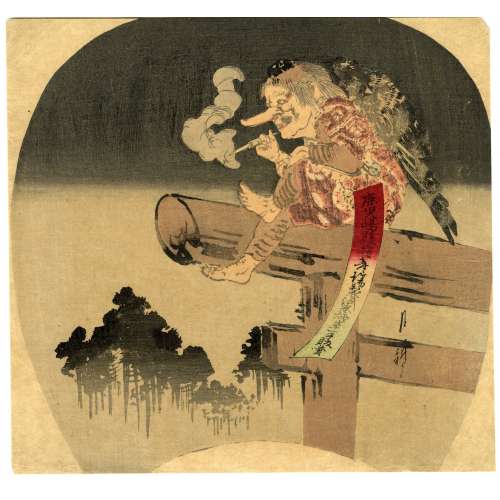
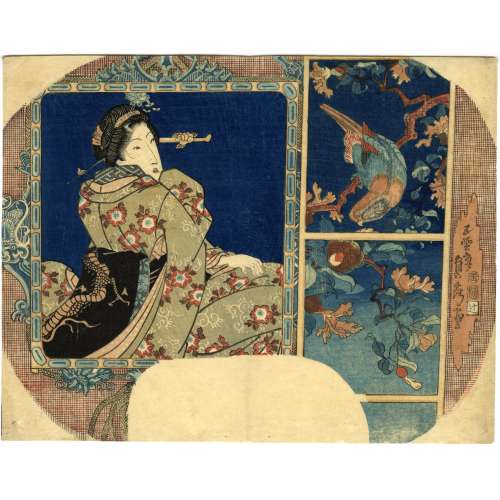


 Sano Jirōzaemon [佐野次郎左衛門] – provincial commoner who killed a famous
Sano Jirōzaemon [佐野次郎左衛門] – provincial commoner who killed a famous 

 One more example can be seen at the two upper images in Waseda University Cultural Resources Database, №
One more example can be seen at the two upper images in Waseda University Cultural Resources Database, № 


